Search
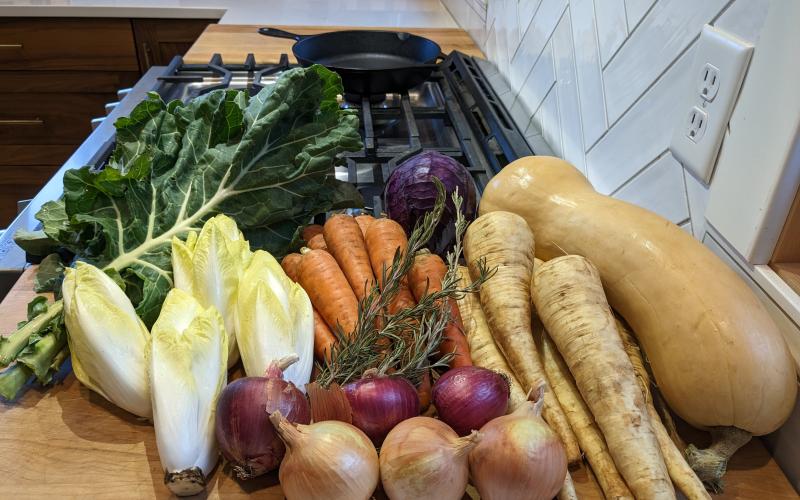
SDSU Extension to host short educational course on high tunnels
September 29, 2023
South Dakota State University Extension will host a two-day High Tunnel Short Course on Oct. 16-17 at the Outdoor Campus – West in Rapid City.
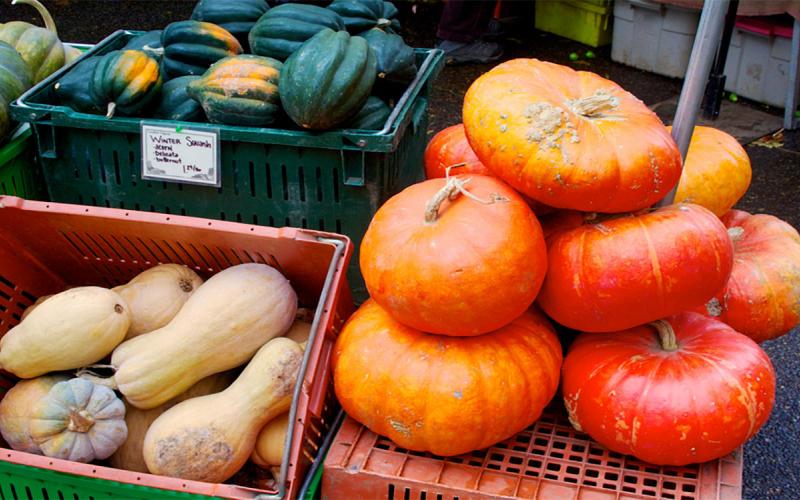
SDSU Extension to host off-season Garden Hour webinar series
October 02, 2023
South Dakota State University Extension will host four off-season Garden Hour webinars, starting in October 2023.
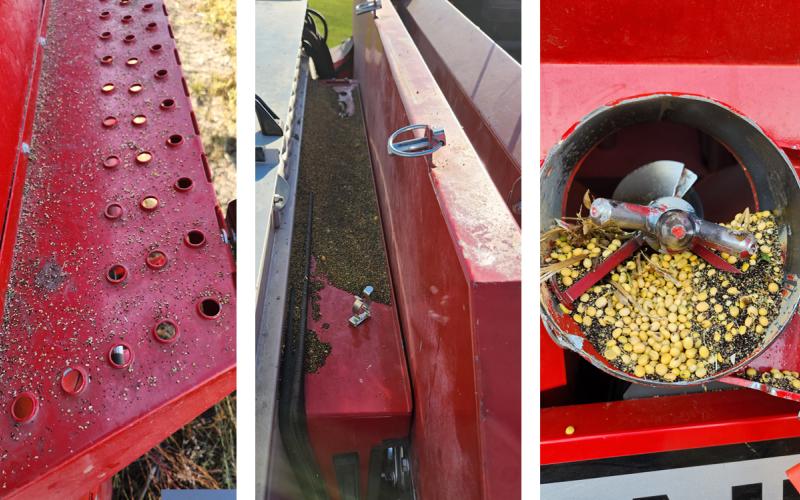
Evidence That Combines Can Transport Weed Seeds
A combine deliberately harvests crop grain, but it can also unintentionally transport weed seeds. Learn some tips for cleaning equipment and containing residues during harvest to prevent weeds from spreading this fall.

SDSU Extension welcomes new pesticide education specialist
October 12, 2023
South Dakota State University Extension is pleased to welcome Stephen Robertson as a new Pesticide Education Field Specialist.

The Seen and Unseen World of Invertebrates and Vegetables: The good, the bad, and the cute
The seen and unseen worlds of invertebrates in our gardens offer an opportunity to understand how each organism plays a crucial role in the balance of our environment, whether they are good, bad, or even cute.
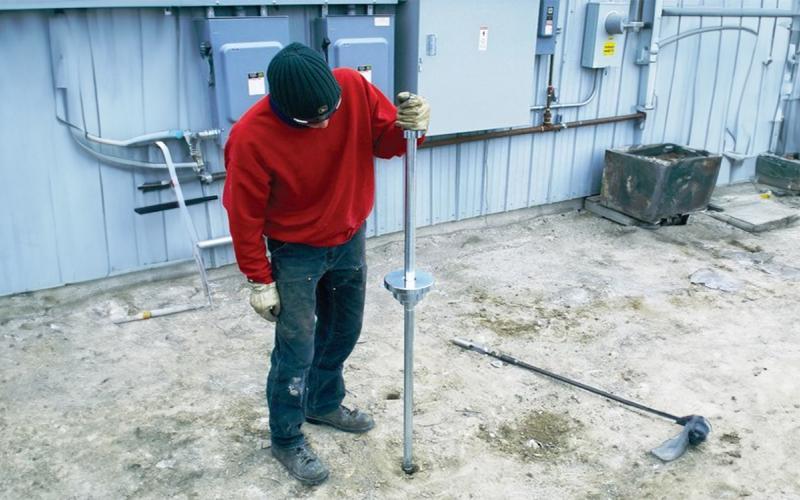
Soil Penetration Resistance as a Soil Health Indicator
Soil penetration resistance is an indicator of soil compaction and the force required for root growth through the soil. It can be measured in the field using a tool called a penetrometer.
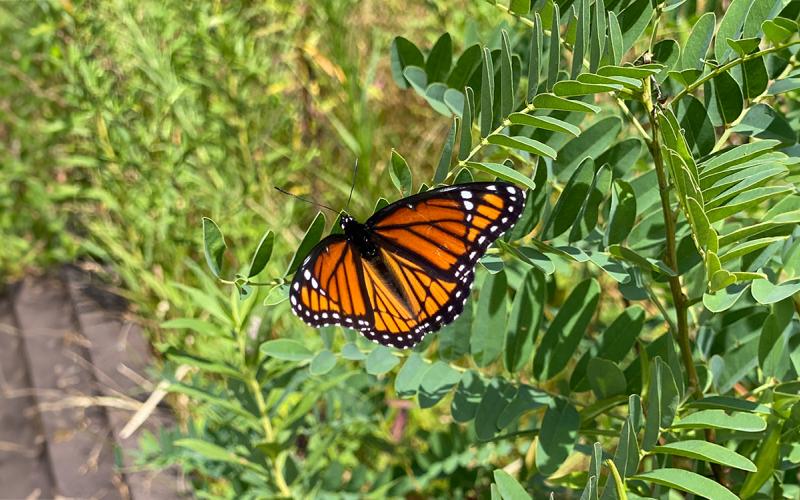
Generalist Host Plants in South Dakota
Many butterflies and moths are generalists, meaning that their larva can use a variety of host plants as food. Learn about some of the best host plants you can grow in your yard to support butterflies, moths, and everything that relies on them!

Planting for Specialist Butterflies
Monarchs are not the only specialist pollinators in South Dakota. Many other butterflies also require a specific plant or family of plants to lay eggs on. Learn about some important host plants to help specialist butterflies in your yard!
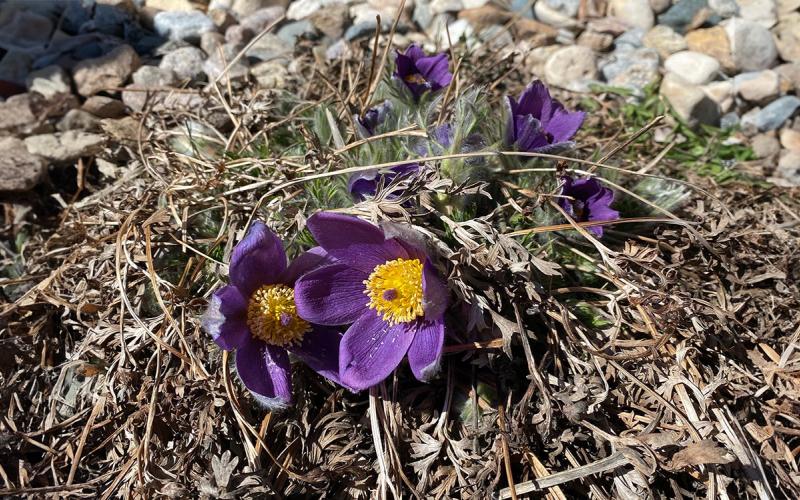
Landscaping Best Practices for Pollinators and Beyond
Our yards are all part of a greater ecosystem. By incorporating some best practices into your landscaping routine, your yard can develop healthier soil, support more pollinators, and reduce the need for pest control.
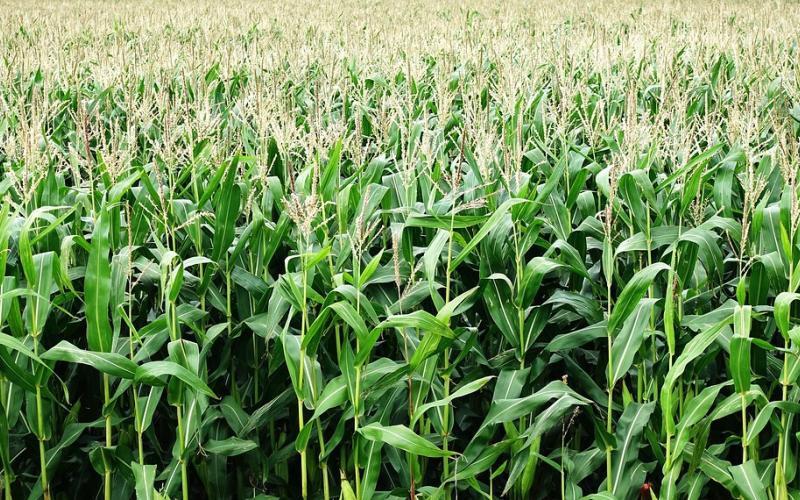
Comparing Yield Goal and Maximum Return to Nitrogen Prediction Methods for Determining Corn Economic Optimal Nitrogen Rates
Fact sheet evaluating the accuracy of different corn nitrogen recommendation approaches with their advantages and disadvantages.